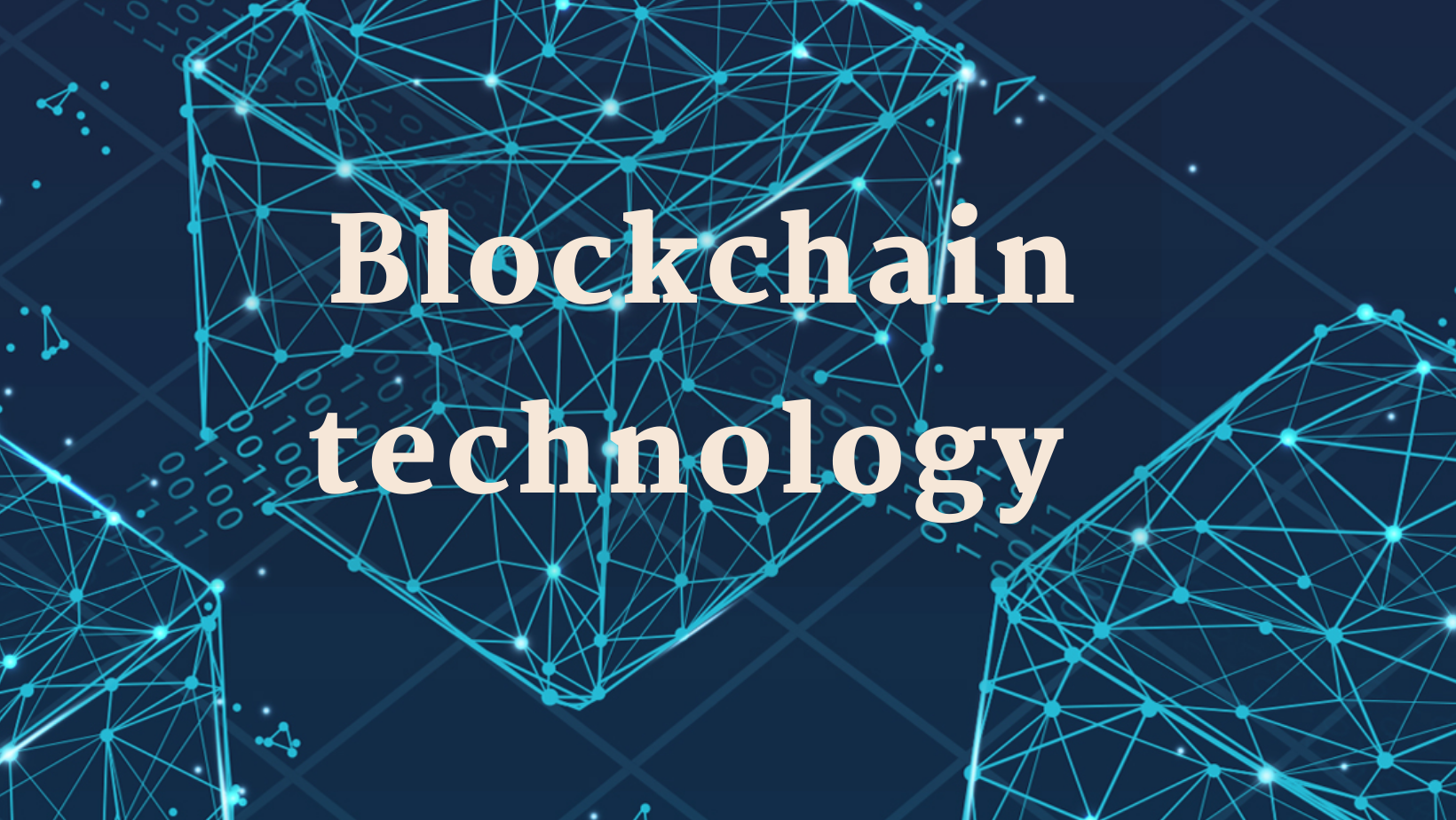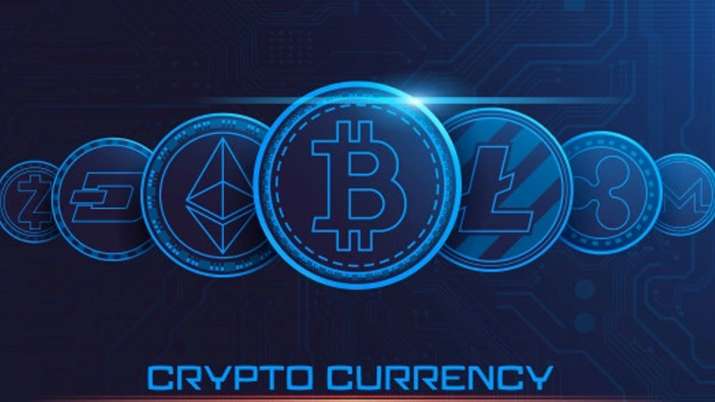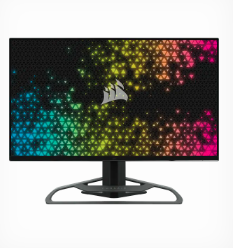Blockchain, the technology behind Bitcoin and other cryptocurrencies may seem foreign and complex to the average person, but in reality, it’s very simple to understand. The term blockchain refers to a distributed database that maintains records of transactions between two parties efficiently and securely, without needing a centralized authority or third party to approve transactions. As this technology becomes more prevalent, here are the benefits of blockchain and what you need to know about it as an entrepreneur or business owner.
What is blockchain?
At its core, a blockchain is a distributed ledger that can record a variety of information. In terms of cryptocurrencies, it could track debits and credits, NFT transactions, and data concerning Defi smart contracts. Whereas a conventional database can store this type of information, blockchain is a unique decentralized method of data storage. Data isn’t stored in one centralized location, but instead in many identical copies that are each maintained by different computers over a network. These individual machines are called nodes.
How it works?

Within each transaction, the essential data is captured as a chunk of information.
Transactional data shows the movement of all your assets- from tangible (products) to intangible (intellectual) and from one asset type to another. The data block can record any question, with topics such as who, what, when, where, how much, and even the condition.
Each block is both attached to and dependent on the ones before and after it.
Blocks form a chain of data when assets are transferred from one place to another, or even when ownership changes hands. These blocks prove the time and sequence of transactions and link together to ensure that the data cannot be changed or a block inserted between two blocks.
These transactions are consolidated together into an unalterable chain called a blockchain.
Every additional block of data strengthens the authenticity of the previous block, so the whole blockchain is considered immutable. This characteristic makes the blockchain really secure. Essentially, this takes away the chance of interference by a malicious agent. More importantly, it records transactions that both you and the rest of the network can rely on.
Why do we need it?
For most people, Blockchain is still a mystery. There are plenty of interesting things you can do with it, but it’s still an emerging technology. We use smartphones every day without really knowing how they work; that doesn’t mean we can’t learn more about them! Let’s look at why Blockchain is useful in our everyday lives, so we can make better choices as consumers.
Better, or increased, trust
With blockchain, as a member of a membership-based group, you can trust that you are receiving accurate and up-to-date data and that only those members to whom you specifically grant access will have access to your private blockchain records. The verified transaction requires node verification and as a result, it reduces error. For example, if one node has a mistake in the database, the others would notice and identify the error.
A centralized database, by contrast, may not always react well when errors are made, and every item is explicitly noted in the blockchain ledger, meaning it cannot be double-spent like in a person’s bank account.
There is greater security now.
A consensus of all network members is needed to authenticate data accuracy and to commit all validated transactions to be permanently recorded on the blockchain. No one, not even the system administrator, can delete a transaction. On a purely theoretical level, a decentralized network, like a blockchain, makes it difficult for a fraudster to conduct transactions because he or she would need to hack into every node and modify every ledger. To put it simply, many cryptocurrency blockchain systems use proof-of-stake or proof-of-work transaction verification methods that make it difficult, and usually not in the participants’ best interests, to add fraudulent transactions.
More efficiency
When all participants in a network can easily keep up with transactions and enter them onto a distributed ledger, all time-wasting tasks are eliminated. And to speed things up, when agreements or conditions can be broken down into rules or smart contracts that can be entered onto the blockchain and then carried out automatically. With 24/7 operation, people can have quicker, more efficient financial and asset transfers, as is especially true with cross-border payments. They don’t need to wait days for a bank or government agency to manually confirm everything.
The shortcomings of Blockchain
Electricity prices are continuing to soar.
The problem is, that every single transaction on the blockchain needs to be verified by at least one other node on the blockchain, so the transaction consumes a significant amount of electricity more than just a regular database or spreadsheet transaction. The other issue is that the cost of operating on the blockchain can be more expensive. There are also ecological implications to using the blockchain, too.
There’s a Risk of Loss of Property
Digital assets are stored securely with cryptographic keys, as in cryptocurrency that exists in blockchain wallets. Protect these with care. currently, if a digital asset’s owner loses the private cryptographic key that gives them access to it, there is no way to recover it- the asset is lost permanently. In addition, because this system is decentralized, the user cannot call a central authority, like a bank, to ask to regain access.
The Likelihood of Illegality
Blockchain is appealing to criminals because it’s a decentralized database that allows for privacy and confidentiality. With banks, each transaction is connected to a person, which can be easily tracked; but with blockchain, there is no specific person responsible for a transaction.
Maximum Number of Transactions in One Second
Transactions with Bitcoin don’t take place immediately and are dependent on a wide-reaching verification network, whereas Visa can process 1,700 transactions per second. Consequently, an increase in the number of transactions can lead to reduced network speeds and diminished scalability.
Different types of blockchain networks
There are a few different types of blockchain networks: public, private, Hybrid, and consortium.














